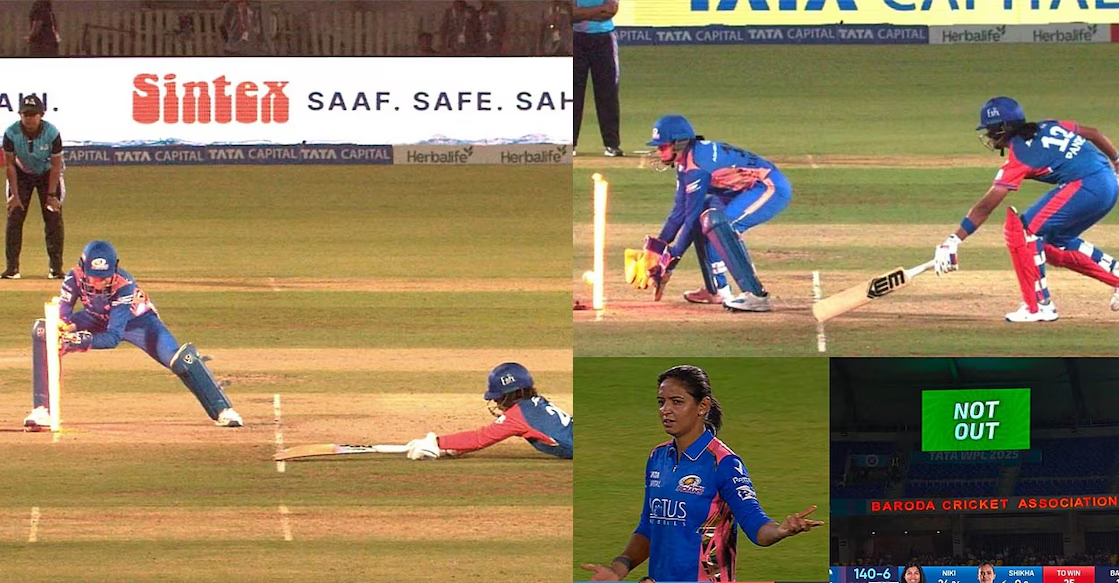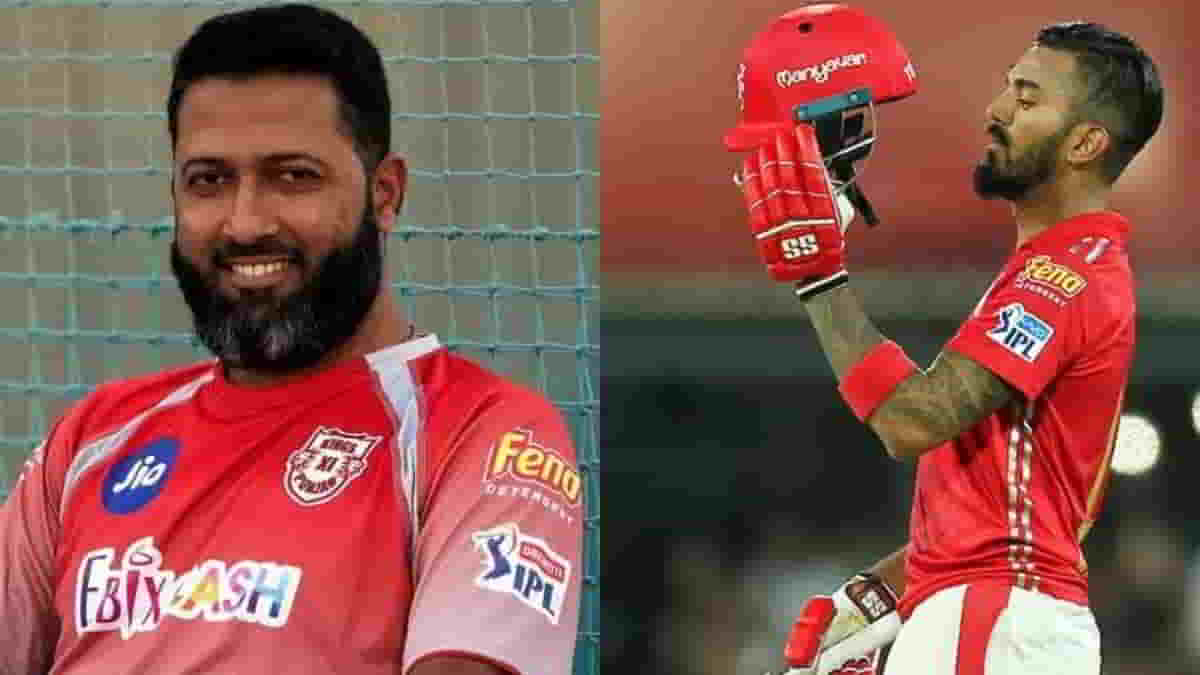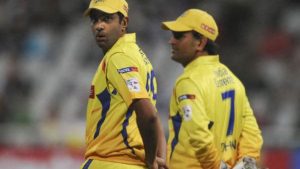The second game of the Women’s Premier League (WPL) 2025 witnessed the most shocking turn of events after a major controversy over run-out calls resulted in an on-the-spot rule change. The DC-MI match saw multiple close run-out decisions taken by the third umpire, which did not go down well with the majority of analysts. It caused a huge stir, prompting changes in rules by the league while the tournament was still on.
The Controversy: A Trio of Disputed Run-out Decisions

Both teams were embroiled in controversy when, during the match between Delhi Capitals and Mumbai Indians, not one but three run-out decisions went in favor of them. Certainly, these calls rang the concern bells and attracted widespread criticism, with many doubting the accuracy of the calls made by the third umpire. Of the calls under question were LED bails, a technology that has proved controversial in cricket time and again due to its sensitivity.
A highly controversial incident happened at the third umpire Gayatri Venugopalan’s decision’s crucial moment run-out adjudged using the LED bails. But owing to the sensitivity of the Zing bails, which were in use in this match, the LED light would be activated even on the faintest of touches, leading to complications. This created a context where the interpretation of the umpire in terms of when the bails are actually dislodged was questioned. In other words, Delhi triumphed despite fierce protests from Mumbai Indians.
Rule Change: LED Bails Now Require Complete Bail Removal

In response to the controversy, the Women’s Premier League (WPL) went straight to action and completely scrapped this rule of contactless LED bails exploding off the stumps. The new norm states that in cases of run-outs or stumpings, for the light to be activated off a bail, that particular bail must be completely removed from the stumps. A major departure from the old interpretation, where a bail was termed dislodged as soon as the LED light went off when some contact did occur.
The revised rule now reads that the “wicket is only down when the bails are fully taken off above the stumps.” The revision guarantees that the third umpire becomes even more cautious in deciding the run-out or stumping scenario. The third umpire has to wait until the full bail is entirely taken off the stumps before arriving at a conclusion. The structure under which this full removal occurs will now be the one applied for the ultimate decision, removing any confusion brought about by the previous, more instantaneous method.
Why the Rule Change Was Necessary
The necessity for this rule change came mainly due to the sensitivity of the Zing bails, which glow upon the slightest hit, even sometimes when the bails are still loosely sitting on the stumps. During the disputed DC vs. MI match, this sensitivity contributed to wrong or ambiguous decisions since the third umpire over-relied on the LED lights to ascertain whether or not a wicket had been taken. Yet the rapid lighting of the bails did not always translate into the bail being properly dislodged, and this resulted in erroneous decisions.
The third umpire’s final call was made according to the previous interpretation of the rule, which was the cause of controversy. To avoid further misunderstanding, the WPL resolved to be more cautious and clearer in this regard by making sure that umpires would only take into account run-outs or stumpings if it is apparent that the bails have been fully dislodged from the stumps.
Communication of the Rule Change
After the contentious rulings in the DC vs MI game, the WPL moved swiftly to convey the change. The amendment to the rule was clarified to the TV umpires prior to the subsequent match so that they knew about the new interpretation of the LED bail rules. Both teams that played the contentious game – Delhi Capitals and Mumbai Indians – were, however, notified of the change a day after the match had ended.
This communication delay caused some annoyance among the teams, as they believed that a rule change like this could have influenced their strategy or understanding of the match. However, the league insisted that the change was done in the spirit of fairness and clarity, with the objective of enhancing the accuracy of decisions in the future.
Implications of the Rule Change for the Rest of the Tournament
The change in rule has major repercussions for the rest of the WPL 2025. The teams and umpires will both have to get used to this new interpretation of the LED bails, which should cut down on contentious run-out decisions. The quick move by the WPL to update the rule indicates that the league is keen to make sure there is a transparent and fair tournament, where rulings are as correct as can be.
For the teams participating, especially Delhi Capitals and Mumbai Indians, the revised rule gives a better concept of how stumpings and run-outs will be decided in coming matches. The teams will now concentrate on making their players realize the new conditions for run-outs and stumpings, which might affect the manner in which they play the game.
Working towards Fairness in WPL 2025
WPL 2025’s contentious run-out decisions put the spotlight on the scope of confusion that exists when technology such as LED bails is being applied in pressured match conditions. The league’s rule change with regard to avoiding such controversies is a welcome initiative to minimize those problems in the future.
By deciding what constitutes an acceptable run-out or stumping, the WPL is setting its commitment level for fairness, accuracy, and transparency higher within the competition. With the tournament underway, the new rule should hopefully do away with any uncertainty regarding such important decisions so that players and teams can now concentrate on what really matters: the game itself.
ALSO READ: How To Redeem Fortnite Codes Easily – A Simple Guide























